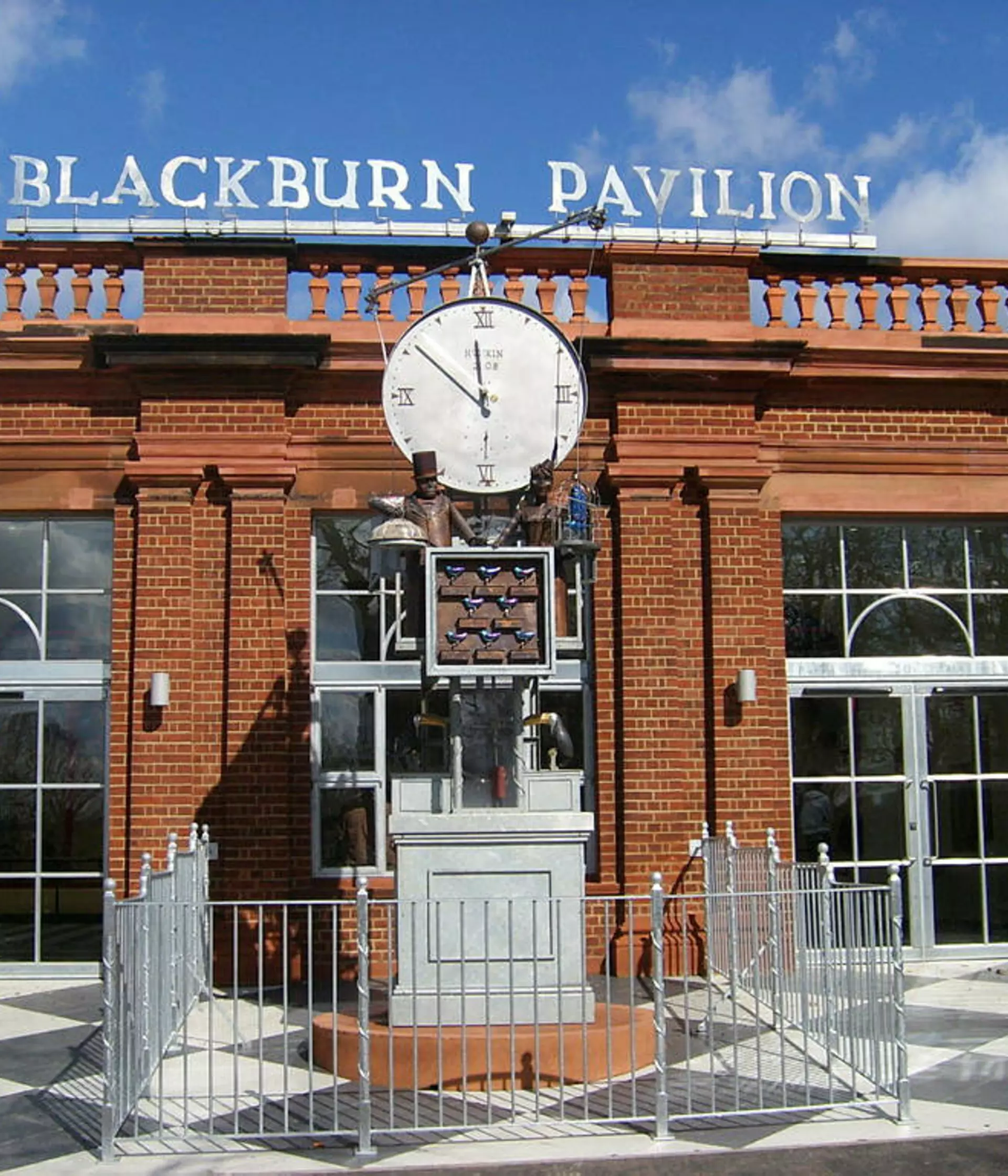Although it has often been adapted and renovated over the years, the Blackburn Pavilion is one of the few 19th century animal houses at London Zoo to remain in use today.
Designed by Charles Brown Trollope, the Blackburn Pavilion was built in 1882-83 to replace the world’s first Reptile House Zoo’s that was built in 1849. The red-brick exterior was constructed in a classical style that was popular in garden pavilions at the time. Inside, it featured three ponds in the floor of the lofty hall, the largest of which was used to house crocodiles.
The historic building was originally heated by hot-water pipes running under the floor, which were intended to direct heat to the reptile enclosures. Small animals such as frogs and toads were kept in the cooler entrance porch.
Zoo history
The original building was eventually superseded by a new London Zoo Reptile House in 1926. It was adapted to house birds in 1927-8, with the help of David Seth-Smith, the Zoo’s curator of mammals and birds. Seth-Smith also helped popularise London Zoo in his role as the ‘Zoo Man’ on the BBC Children’s Hour programmes.
In 2008, the pavilion underwent a £2.5 million restoration to provide better conditions for bird life than ever, with a range of climate-controlled habitats. The revitalised building was renamed the Blackburn Pavilion as a thank you to the Blackburn family, supporters of the Zoo who helped secure its future during the 1990s.
Tim Hunkin clock
Today London Zoo’s Blackburn Pavilion is home to more than 50 different birds, with a walkthrough Mediterranean habitat at the heart of the main hall. Be sure to take a moment to pause and enjoy the beautiful birdsong.
In front of the Blackburn Pavilion, it’s hard to miss one of the Zoo’s most striking landmarks: the clock and automaton designed by engineer, artist, cartoonist and writer Tim Hunkin. On the hour, and every half-hour, it springs into life!
